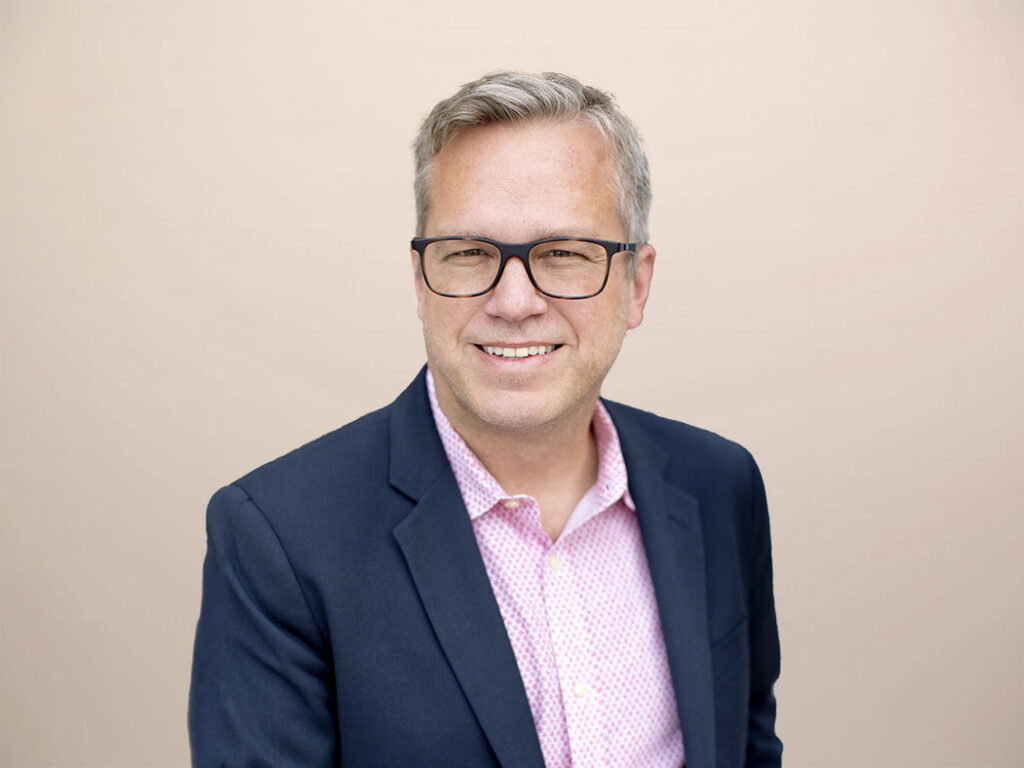Leveling Up Enablement Best Practices
Every so often, it’s helpful to test your accepted categories, truisms, and maxims to ensure that they hold up to time, technology advances, and changing buyers. In 2022, I had the good fortune to collaborate with some of Forrester’s best and brightest analysts, and the result in each case was a challenge to my own assumptions and innovative ideas for leveling up enablement.
Following are three of my favorite examples of “a ha!” lightbulb learnings from this year that led me to expand on some of my cherished sales enablement beliefs.
There’s more to sales credentials than just certifications. Early in 2022, I had the pleasure to work with Katy Tynan, a Forrester principal analyst who supports our future of work practice. Katy is knowledgeable on adult-learning best practices, and we wanted her perspective on sales learning programs — specifically, the certification of new competencies. The first learning was that certifications are just one of many forms of credentials that could be leveraged (i.e., “credential” is the umbrella term, and badges, certifications, degrees, and licenses are all types of credentials with varying levels of formality).
When designing new learning pathways for sellers, enablement professionals should consider the level of risk associated with not learning and select a learning credential appropriately. For example, if you are onboarding senior network security consultants, it makes sense to require a complex certification or, in some cases, even a license, as the risk to clients and the selling firm is extremely high. When launching a minor service upgrade, it’s likely that a simple badge will suffice.
Enablement can learn high-performing behaviors from core-performer sellers. A best practice for enablement professionals is to study what high-performing sellers know, show, do, and say and then replicate those competencies and behaviors across the broader sales team. This will always be true, though in collaborating with my colleague Seth Marrs, from Forrester’s sales operations service, on a report covering conversation intelligence platforms, I realized that technology and automation can help enablement find best practices anywhere, if they focus on customer outcomes. Not every high performer is the best at everything, and not every core performer is “average” at everything. For example, a consistently mid-tier-performing sales rep may be the best in the company at delighting customers in the sales motion of providing a product demonstration, and we should not ignore their skill just because they aren’t going to President’s Club this year.
A focus on learning from buyer outcomes rather than exclusively seller performance against quota can expand enablement’s horizons and result in better learning and development programs. Granted, this requires effectively leveraging automation and technology to execute, but the improvement in results benefits both buyers and sellers. My learning in this case was to be less snobby about where seller insights come from. Second-century Talmudic sage Ben Zoma said “Who is wise? He who learns from everyone.”
Maybe sellers know best on how they want to receive important communications. OK, so this was not a peer learning but more of a personal epiphany. I published a series of reports this past year describing best practices for building and operating a sales communications function. One of the most important recommendations in those reports was that sales enablement should define how and when each type of message would be delivered and that it should be consistent — for example: “Product updates will always be in the red section of the weekly email newsletter, and compensation updates will always be sent as an email and then covered during the biweekly sales all-hands.” This type of standardization and consistency makes communication simple and predictable for sellers.
But what if individual sellers have unique needs and preferences for how they consume news, updates, and information? What if enablement could allow each individual seller to define how they want to receive each type of message (a simple form or survey that each seller would complete)? Sales communication delivery can be personalized to allow sellers to receive custom newsletters, posts, and texts according to their communication vehicle and timing preferences. One seller may specify, for example, that she wants to receive important process updates in a weekly digest via email, all new customer insights as a post, and all pricing updates related to her open opportunities as an urgent text message. As with the previous learning, this vision would require technology and automation to deliver, but the results could return hours of productive time to all sellers by tailoring to individual learning styles and could improve morale and retention.
In all three cases described above, the original thinking still holds up as a solid best practice and something that B2B enablement teams should aspire to. The new learnings in each example, however, should be considered a “next-level” goal for each enablement priority. As Jack Kerouac wrote in his novel “The Dharma Bums,” “When you get to the top of the mountain, keep climbing.”
